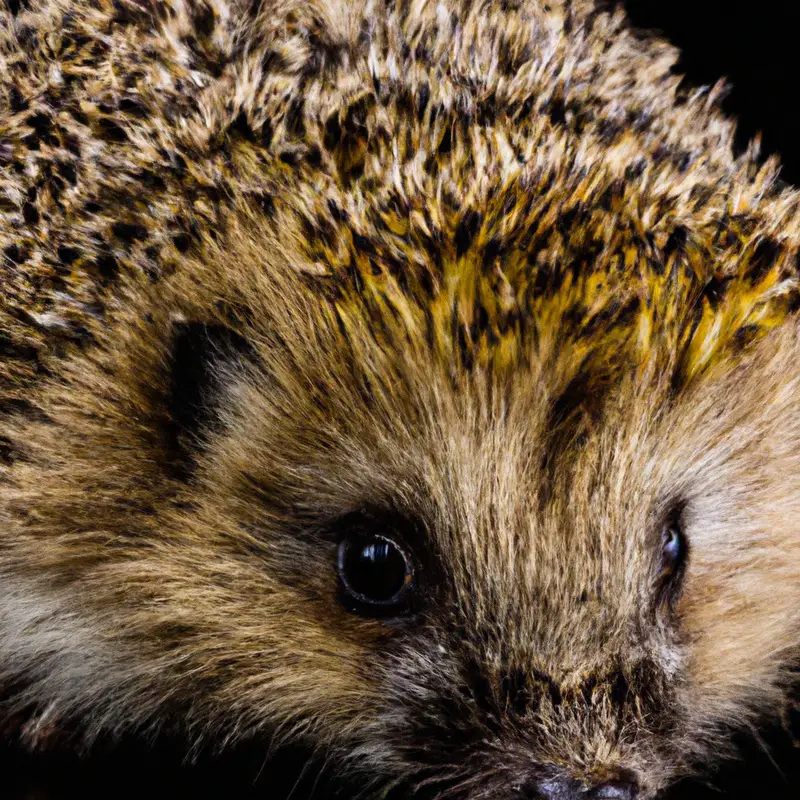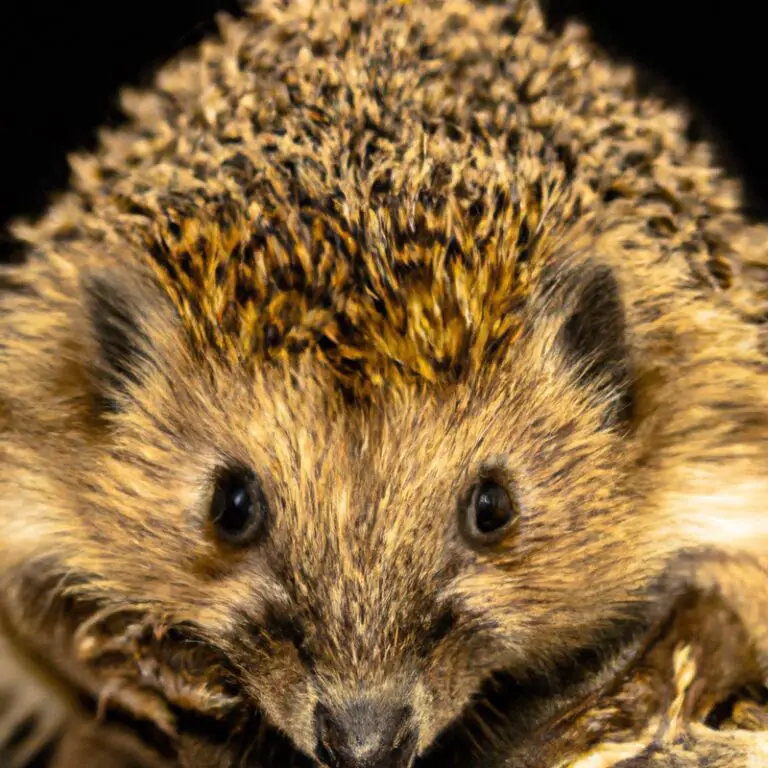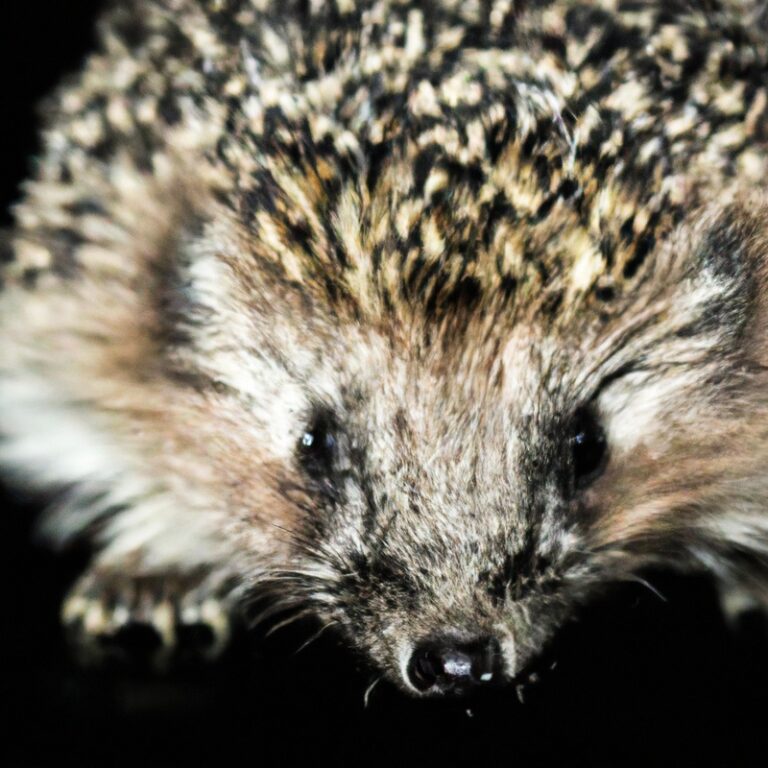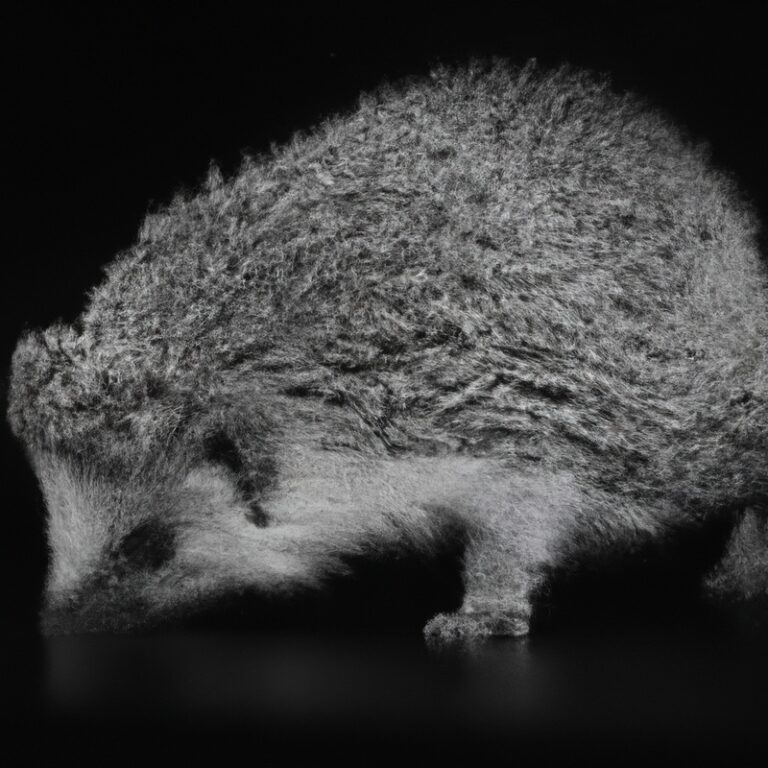How Do Hedgehogs Defend Themselves?
Key Takeaways:
- Hedgehogs defend themselves by rolling into a spiky ball to deter predators.
- They can hiss, click, and puff up their quills to scare away threats.
- Hedgehogs have a unique immune system that protects them from venomous snake bites.
- They are nocturnal animals, relying on their excellent hearing and scent detection to avoid danger at night.
Have you ever wondered how hedgehogs, those cute and prickly creatures, protect themselves against their predators? Well, you’re in for a treat! In this article, we’ll dive into the fascinating world of hedgehog defense mechanisms and explore the tactics they use to stay safe.
From their spiky quills that act as a natural barrier, to their ability to curl into a ball, hedgehogs have developed some remarkable ways to fend off danger.
We’ll also uncover their lesser-known tactics like foot stomping and hissing. So, get ready to be amazed by the clever ways these little creatures defend themselves!
| Defense Mechanism | Description |
|---|---|
| Spines | Hedgehogs have approximately 5,000-7,000 spines on their backs, made of keratin, which acts as their primary defense. When threatened, they roll into a tight ball, covering their vulnerable body with their spines. |
| Hissing and Clicking | In addition to their spines, hedgehogs may hiss or make clicking sounds to deter predators. It is a warning sign to indicate that they are feeling threatened and should not be approached. |
| Burrowing | Hedgehogs are skilled at burrowing and can rapidly dig themselves into the ground when they encounter danger. This behavior allows them to find shelter and protect themselves from potential threats. |
| Camouflage | Hedgehogs have the ability to blend into their environment by curling up and remaining still. Their spines often resemble dry leaves or spikey plants, providing them with natural camouflage. |
| Harden Up | When a hedgehog rolls into a tight ball, it can tighten its muscles, making it challenging for predators to get a grip. This defensive posture also exposes their spines as a deterrent. |
Hedgehog Defense Mechanisms
Hedgehogs have several defense mechanisms to protect themselves from predators. One of the main defense mechanisms of hedgehogs is their ability to curl into a protective ball.
Spiky Quills
Spiky quills are a crucial defense mechanism for hedgehogs. These sharp, needle-like hairs cover their bodies, acting as a protective shield against predators.
When threatened, hedgehogs curl into a tight ball, exposing only their quills, making it difficult for predators to attack.
The quills are designed to cause discomfort and pain if touched or bitten. These spiky quills are an effective way for hedgehogs to defend themselves and stay safe in the wild.
Explanation of how hedgehogs use their quills for defense
Hedgehogs use their quills for defense in a simple but effective way. When a hedgehog feels threatened, it instinctively rolls into a tight ball, exposing only its spiky exterior.
The quills on a hedgehog’s back are sharp and pointy, acting as a strong deterrent to potential predators.
If an attacker tries to grab or bite the hedgehog, they will be met with a prickly defense. The quills can easily penetrate the predator’s skin, causing pain and injury.
It’s a remarkable natural defense mechanism that helps keep these little creatures safe.

Curling into a Ball
When a hedgehog feels threatened or in danger, it has a unique defense mechanism: it curls into a tight ball. By rolling its body into a ball, the hedgehog is able to protect its vulnerable belly and face from potential predators.
This posture also allows the hedgehog to expose only its spikes, making it difficult for predators to attack.
It’s an impressive natural defense that helps keep hedgehogs safe in the wild.
Explanation of how hedgehogs protect themselves by rolling into a ball
Hedgehogs protect themselves by rolling into a ball as a defense mechanism.
When they feel threatened or scared, they will curl up tightly, using their spines as a shield.
This behavior helps to protect their vulnerable underbelly and vital organs from predators.
Rolling into a ball also makes it harder for predators to attack or swallow them.
It’s a natural instinct for hedgehogs and a very effective way for them to protect themselves in the wild.
Foot Stomping and Hissing
Hedgehogs use two main defense mechanisms: foot stomping and hissing.
When a hedgehog feels threatened, it may stomp its feet rapidly on the ground as a warning sign.
This creates a loud noise and vibration, which can intimidate predators and make them think twice about attacking.
In addition, hedgehogs may hiss loudly to show aggression and scare off potential threats.
These defense tactics can be effective in deterring predators and keeping hedgehogs safe.
Description of additional defensive behaviors used by hedgehogs
Hedgehogs have some fascinating additional defensive behaviors that they use to keep themselves safe. One of these behaviors is called “self-anointing,” where they chew on certain substances and then spread the frothy mix onto their spines.
This behavior is believed to confuse predators with a strong odor.
Hedgehogs can also curl up into a tight ball, tucking their vulnerable face and belly away, and exposing only their sharp spines. Additionally, if threatened, hedgehogs may let out a high-pitched scream to startle and intimidate predators.
These unique defense mechanisms help hedgehogs survive in the wild.
Natural Predators of Hedgehogs
Hedgehogs have several natural predators, including foxes, badgers, and birds of prey. The specific predators may vary depending on the geographic region.
List of common predators of hedgehogs
Hedgehogs have various predators in the wild.
Some common predators include foxes, badgers, owls, eagles, and large birds of prey.
These animals are natural hunters and have adapted to prey on small mammals like hedgehogs.
The predators typically target hedgehogs during the night when they are more active and vulnerable.
It is important for hedgehogs to rely on their defense mechanisms, such as rolling into a tight ball or using their sharp spines for protection against these predators.
Predation threats in different geographic regions
Predation threats for hedgehogs vary across different geographic regions.
In areas where hedgehogs are native, their main predators are foxes, badgers, and birds of prey.
In some regions, larger predatory mammals like wolves and wild cats may also pose a threat.
However, when hedgehogs are introduced to non-native habitats, they may face additional predators like raccoons, possums, and stray dogs.
It’s important to note that predation threats can also differ within regions due to factors such as habitat type and human activity.
Camouflage and Adaptations
Hedgehogs use camouflage to blend into their surroundings for protection.
They also have physical adaptations that aid in their defense against predators.
Explaining how hedgehogs use camouflage to protect themselves
Hedgehogs use camouflage to protect themselves by blending in with their environment. Their spiky exterior may seem like it would make them stand out, but their brown and black fur helps them blend into the foliage and shadows.
Additionally, they curl up into a tight ball when they feel threatened, hiding their vulnerable underside.
This combination of fur coloration and defensive posture makes it difficult for predators to spot them. Hedgehogs are masters of disguise, using their natural camouflage to stay safe in the wild.
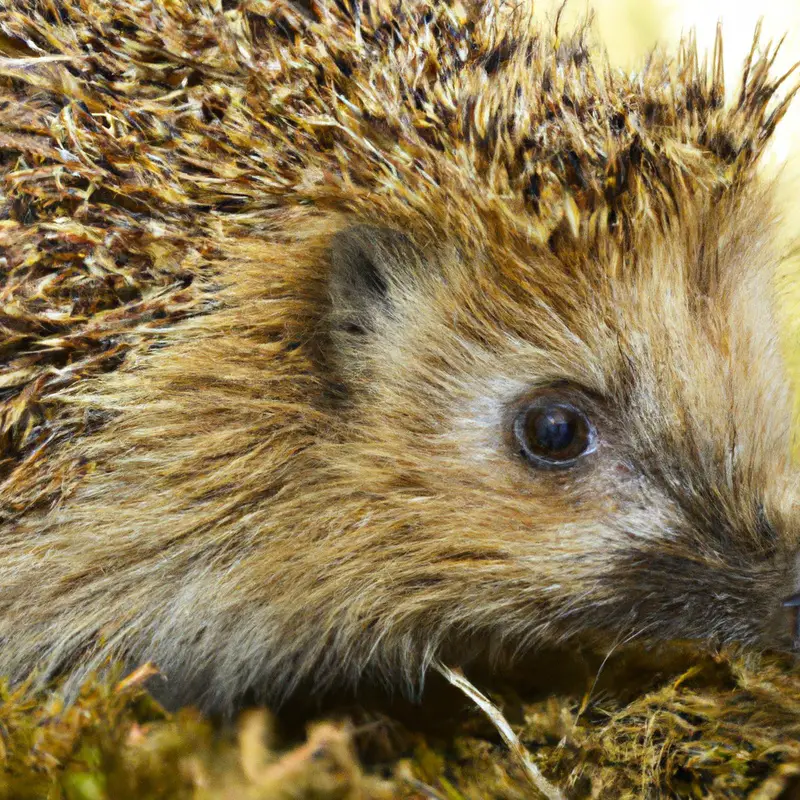
Discussion on other physical adaptations that help hedgehogs defend against predators
Hedgehogs have some amazing physical adaptations that help them defend against predators. One important adaptation is their spiky spines, which act as a barrier and deter predators from getting too close.
These spines are made of keratin, the same material that makes up our nails.
Another adaptation is their ability to roll into a tight ball when they sense danger. By curling up and tucking their head and legs, hedgehogs create a nearly impenetrable fortress.
Predators find it challenging to get past their armor-like posture.
Hedgehogs also have a keen sense of smell, which helps them detect predators from a distance. Their nose is not only adorable but also provides them with a crucial advantage in detecting potential threats.
Lastly, hedgehogs possess sharp teeth that allow them to bite if necessary.
While this is a last resort defense mechanism, it can be quite effective in warding off predators. These physical adaptations work together to ensure that hedgehogs have a strong defense against predators, helping them stay safe in their natural habitats.
Frequently Asked Questions
Do hedgehogs pose any danger to humans?
Hedgehogs generally do not pose any danger to humans.
They are timid and prefer to avoid confrontation.
While they have spines for defense, they will more likely curl up into a ball to protect themselves rather than attack.
However, it’s important to handle them gently and with care, as they may feel threatened and bite if mishandled.
It’s also worth noting that hedgehogs can carry diseases, so it’s advisable to wash your hands after handling them.
Can pet hedgehogs defend themselves just like wild hedgehogs?
Yes, pet hedgehogs have a natural defense mechanism just like their wild counterparts. When threatened, they roll into a tight ball, exposing their spiky quills to deter predators.
This innate behavior helps protect them from potential harm.
However, it’s important to note that domesticated hedgehogs may not have the same level of instinctual defense as wild hedgehogs, since they are typically raised in safer environments. Nevertheless, pet hedgehogs can still deploy their quills when feeling threatened.
How can humans help hedgehogs in their defense against predators?
To help hedgehogs defend themselves against predators, you can create a hedgehog-friendly garden by providing hiding places, such as log piles and shrubs. Ensure there is access to fresh water by leaving out a shallow dish.
Avoid using chemicals and pesticides, as they can harm hedgehogs and their food sources.
Additionally, if you come across a hedgehog in danger, you can contact a local wildlife rescue organization for assistance.
Final Verdict
Hedgehogs have a range of defense mechanisms that enable them to protect themselves from predators.
Their spiky quills serve as a physical deterrent, while curling into a tight ball provides added protection.
Hedgehogs also use foot stomping and hissing to intimidate predators.
They are also adept at camouflage and have other physical adaptations that aid in their defense.
While hedgehogs do not pose a danger to humans, it is important for us to protect their habitats and provide them with a safe environment.
With better understanding and awareness, we can help hedgehogs in their defense against predators and ensure their survival for generations to come.

